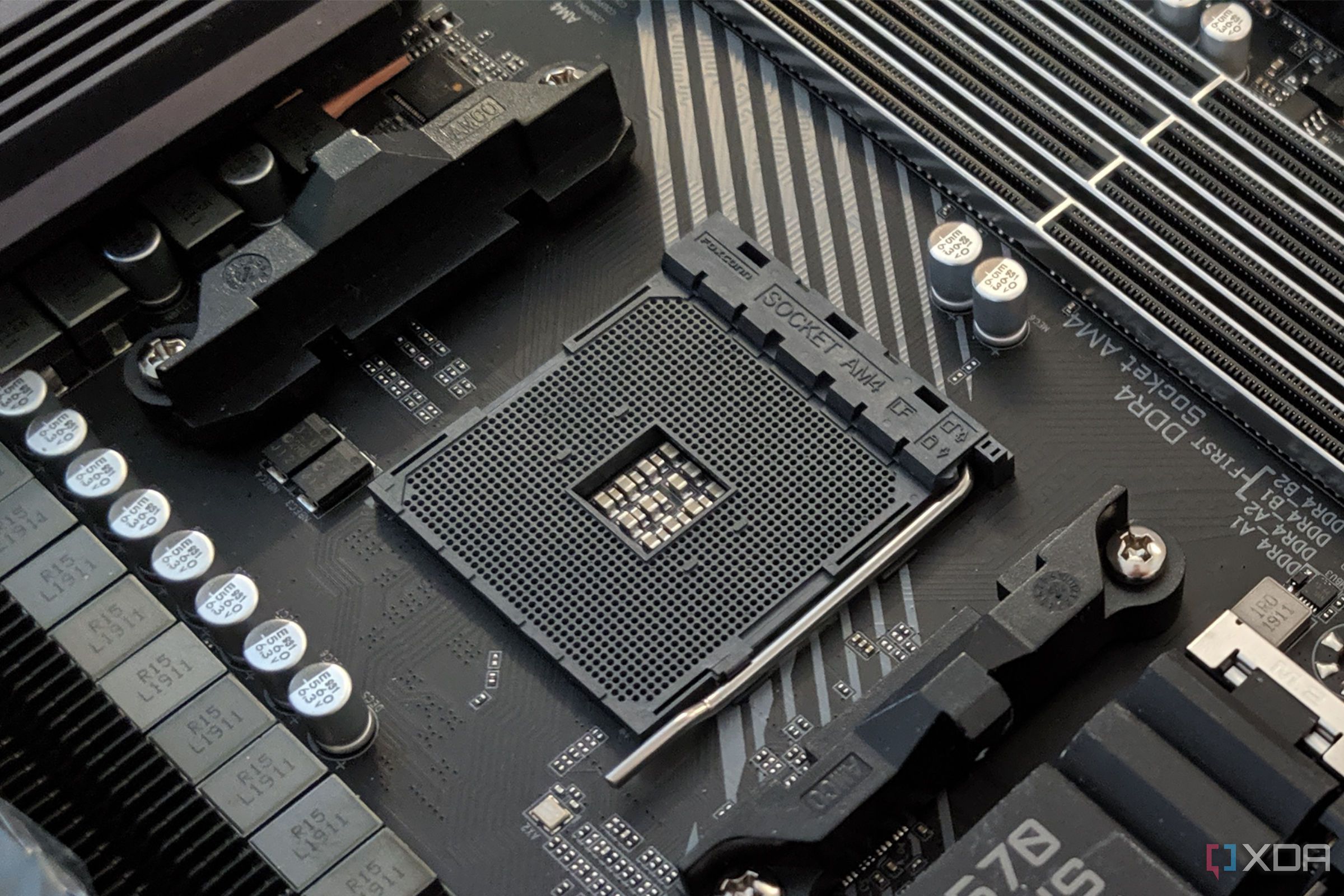- mmNorm reconstructs complex hidden shapes using Wi-Fi frequencies without touching the object
- Robots can now see inside cluttered drawers using reflected signals from surrounding antennas
- MIT’s technique beat current radar accuracy by 18% across more than 60 tested objects
In environments where visibility is obstructed, such as inside boxes, behind walls, or beneath other objects, Artificial Intelligence could soon have a new way to get ahead.
Researchers at MIT have developed a technique called mmNorm, which uses millimeter-wave signals, the same frequency range as Wi-Fi, to reconstruct hidden 3D objects with surprising accuracy.
“We've been interested in this problem for quite a while, but we've been hitting a wall because past methods, while they were mathematically elegant, weren't getting us where we needed to go,” said Fadel Adib, senior author of the study and director of the Signal Kinetics group at MIT.
Overcoming radar limitations
Prior techniques rely on back projection, which produces low-resolution images and fails when applied to small, occluded objects like tools or utensils.
The researchers found the flaw lies in the oversight of a physical property known as specularity - how millimeter-wave reflections behave like mirror images.
Instead of simply measuring where signals bounce back from, mmNorm estimates the direction of the surface, what researchers call the surface normal.
“Relying on specularity, our idea is to try to estimate not just the location of a reflection in the environment, but also the direction of the surface at that point,” explained Laura Dodds, lead author on the paper.
By combining many such estimations from different antenna positions, the system reconstructs the 3D curvature of an object, distinguishing between shapes as nuanced as a mug’s handle or the difference between a knife and a spoon in a box.
Each antenna collects reflections with varying strength depending on the orientation of the hidden object.
“Some antennas might have a very strong vote, some might have a very weak vote, and we can combine all votes together to produce one surface normal that is agreed upon by all antenna locations,” Dodds added.
This new approach achieved a reconstruction accuracy of 96% across over 60 objects, outperforming existing methods that only reached 78%.
The system performed well on objects made from wood, plastic, glass, and rubber, although it still struggles with dense metal or thick barriers.
As researchers work to improve resolution and material sensitivity, the potential use cases are growing.
In security scanning or military contexts, mmNorm could reconstruct the shape of concealed items without opening bags or boxes.
This capability could prove essential for AI-powered robots in warehouse automation, search-and-rescue, or even assisted living environments.
Via Techxplore
You might also like
- Take a look at our guide to the best authenticator app
- We've rounded up the best password managers
- ChatGPT and other AI tools could be putting users at risk by getting company web addresses wrong
.png)











 English (US) ·
English (US) ·